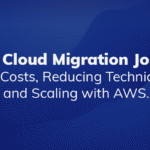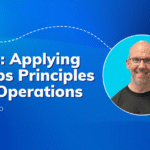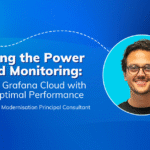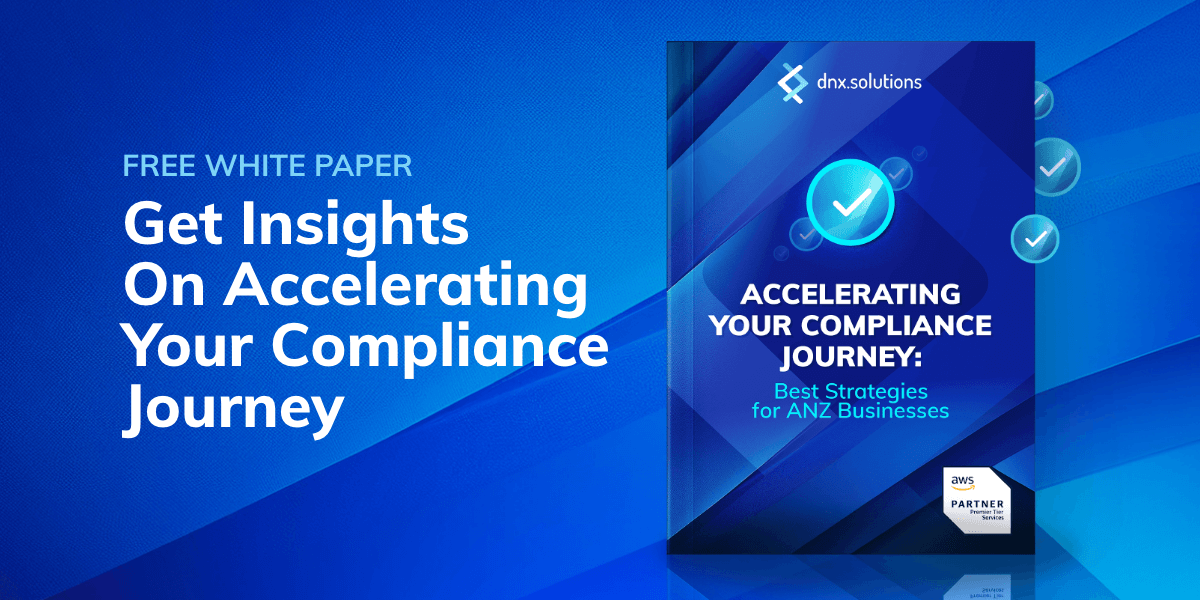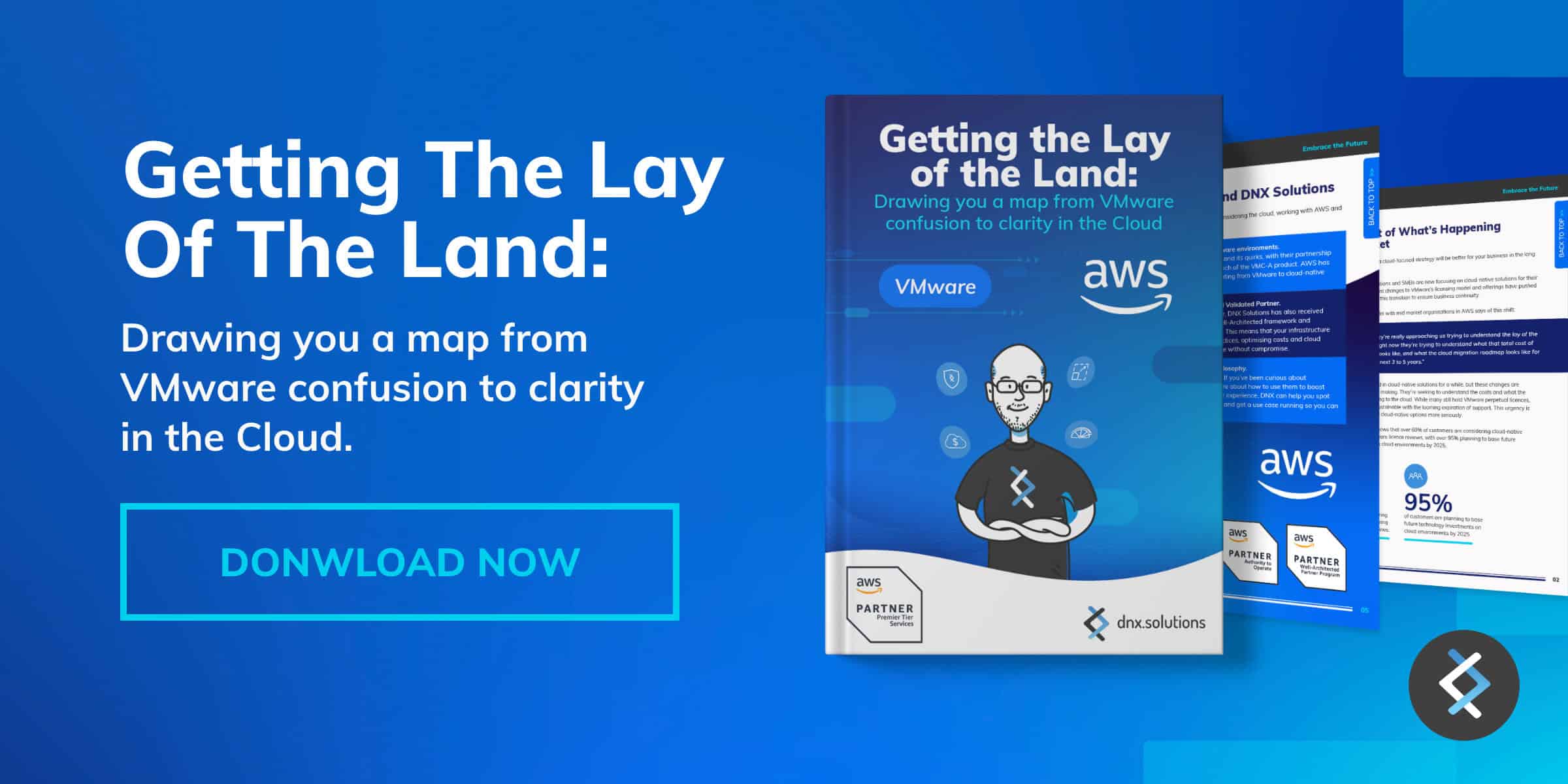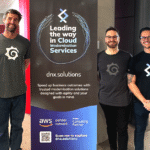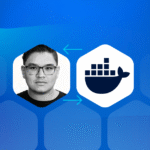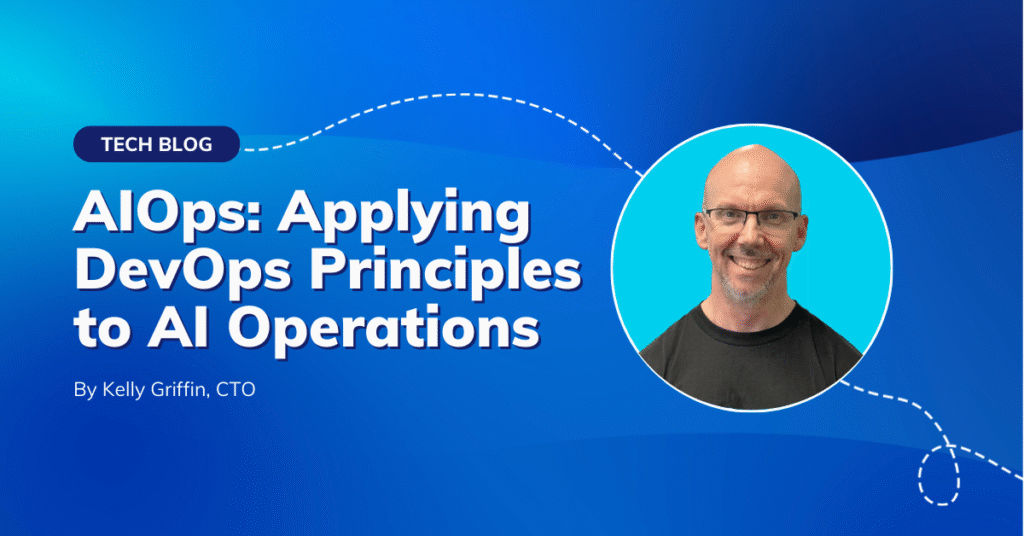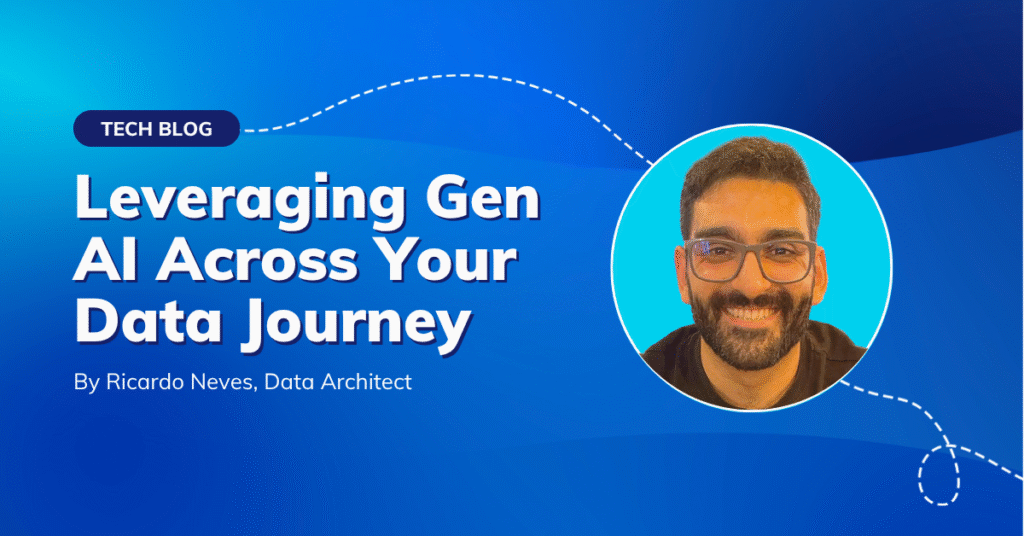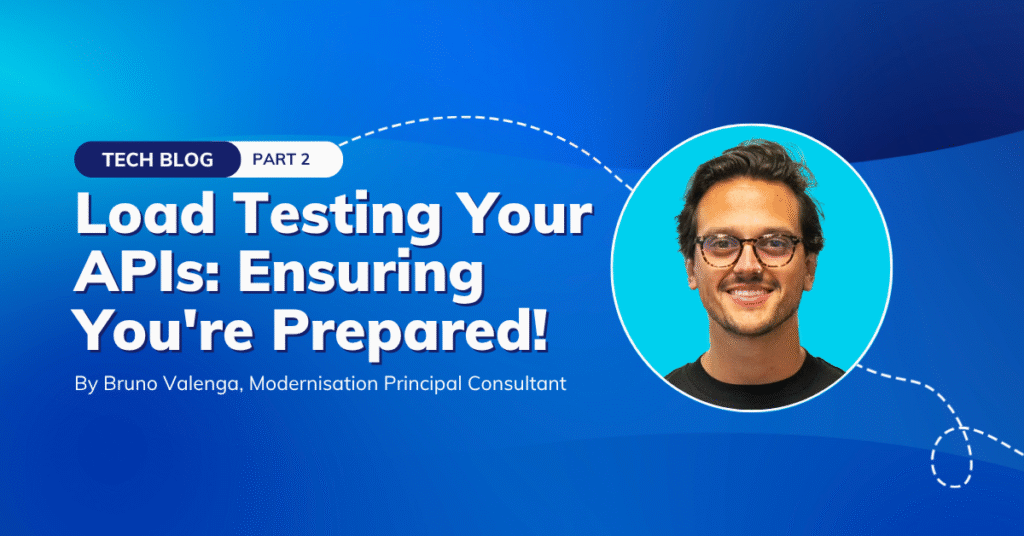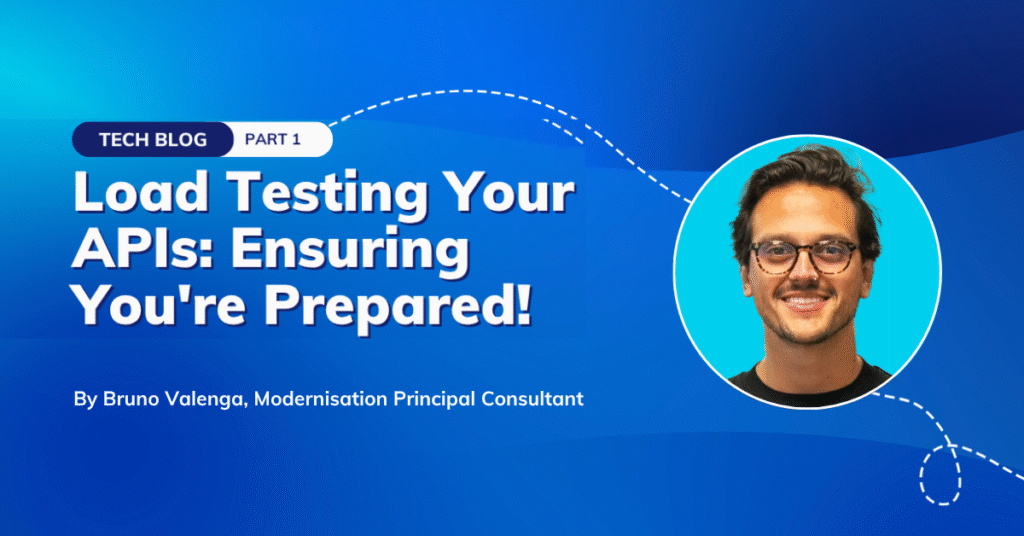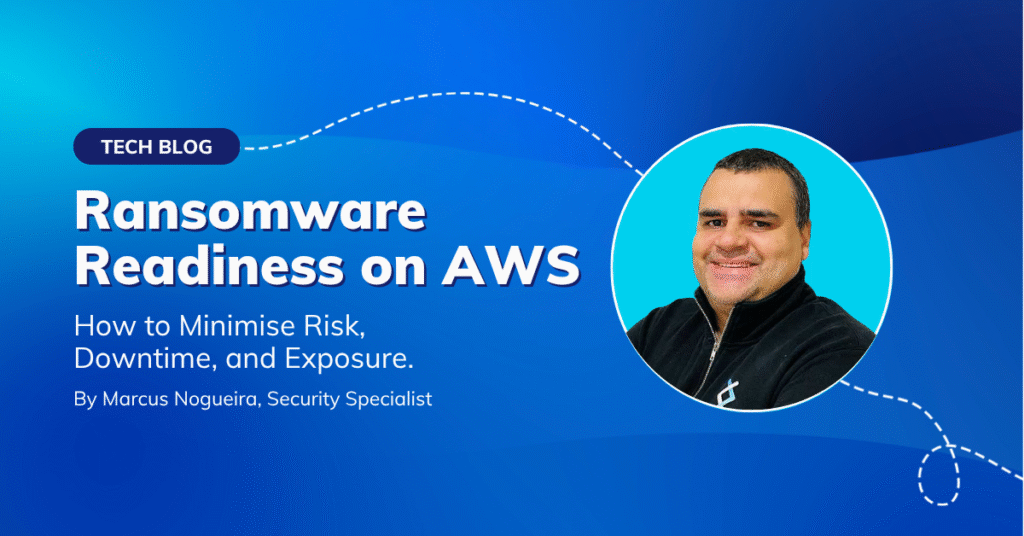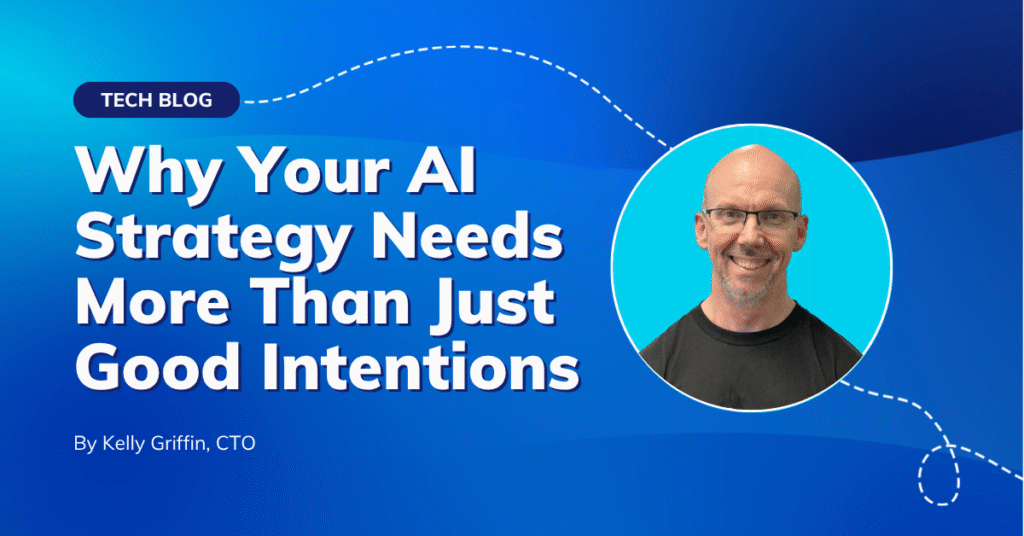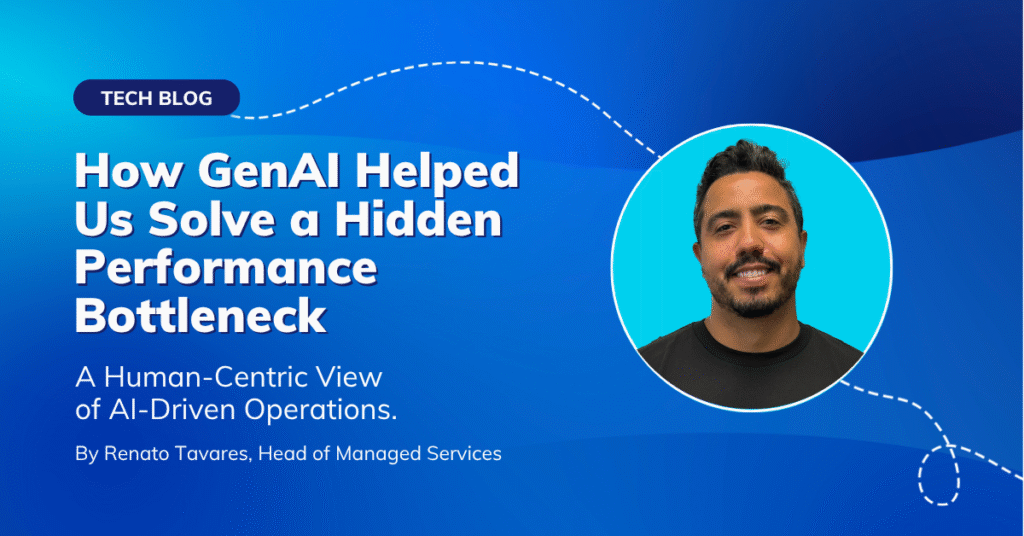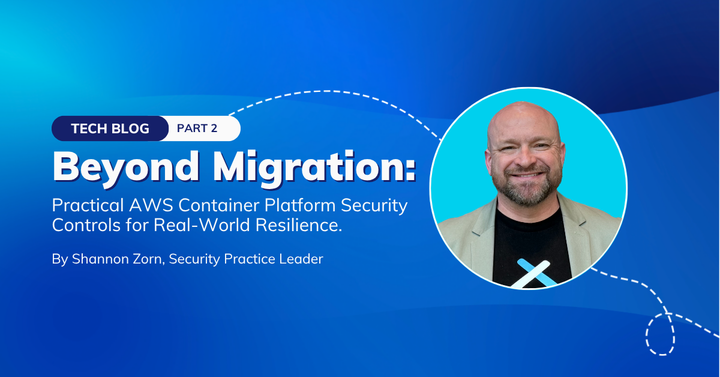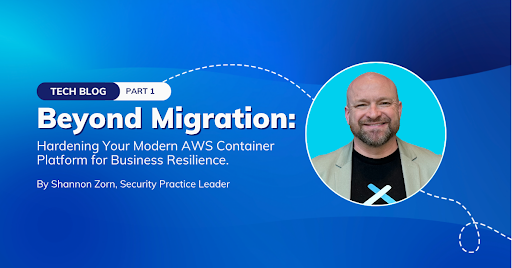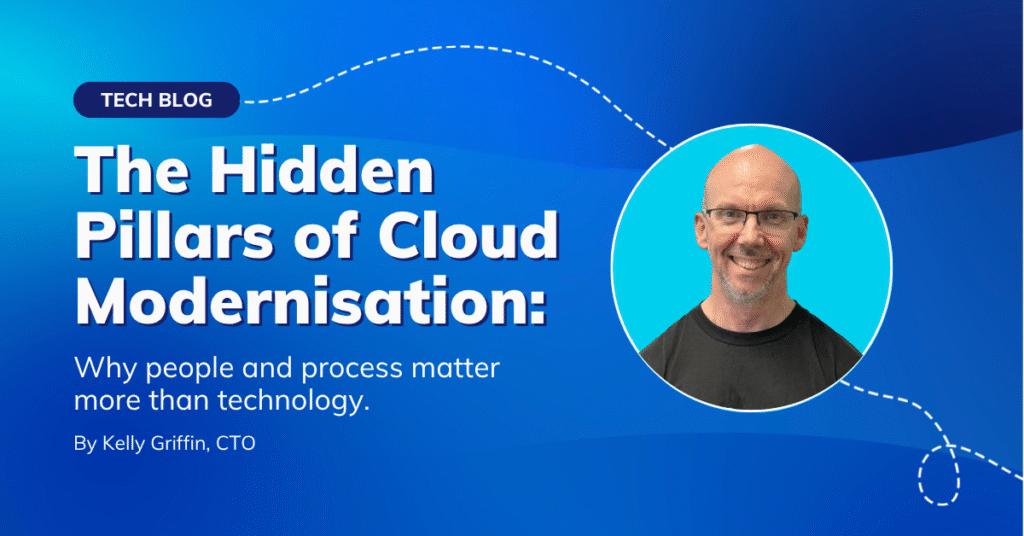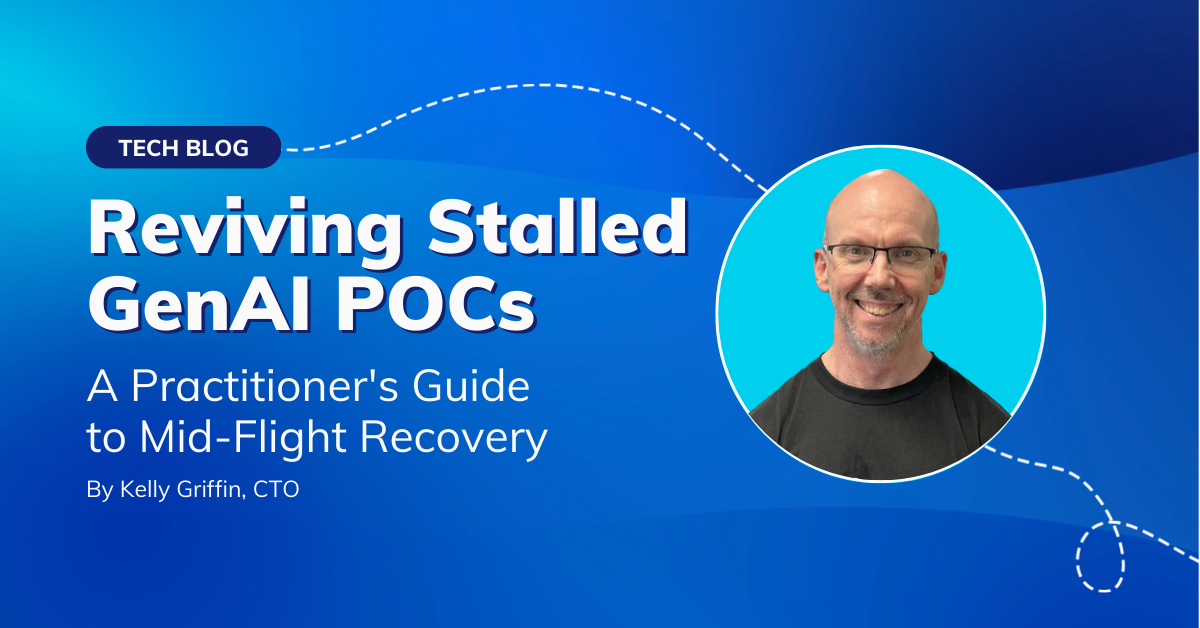
The Reality of POC Stagnation
Every customer has been there. The initial proof-of-concept (POC) launch was promising—stakeholders were excited, the technology showed potential, and everyone was optimistic about production deployment. Then, somewhere between weeks 3 and 8, momentum stalls. Meetings get rescheduled, technical issues emerge, and that once-enthusiastic executive sponsor seems distracted by other priorities.
The traditional response is often to push harder with the original plan, but this rarely works. What’s needed is a systematic approach to diagnosing why the POC stalled and implementing targeted interventions to get it back on track. After working with dozens of organisations through these challenges, we’ve identified that mid-POC failures typically fall into five distinct categories, each requiring different recovery strategies.
Understanding the Mid-POC Failure Landscape
When Technology Becomes the Villain
The most visible POC killers are technical barriers that weren’t apparent during initial scoping. Data quality issues are the classic culprit—the clean, structured dataset promised by the client turns out to be a messy collection of inconsistent formats, missing values, and outdated information. Integration complexity with legacy systems represents another common pitfall, where what seemed like a straightforward API connection reveals itself as a complex web of dependencies and security protocols.
Performance issues compound these challenges. The GenAI model that worked beautifully in the controlled demo environment suddenly struggles with real-world latency requirements or can’t handle the volume of concurrent users. Security and compliance roadblocks emerge when legal teams finally review the implementation and discover regulatory requirements that weren’t considered in the original design.
The Recovery Approach for Technical Barriers
- Implement a data triage approach: work with stakeholders to identify the minimum viable dataset that can demonstrate value, then document a clear roadmap for data quality improvements in subsequent phases.
- Use a hybrid integration strategy: rely on APIs and middleware to create buffer zones between the GenAI solution and legacy systems—avoiding full system overhauls.
- Define realistic benchmarks early: optimise iteratively instead of aiming for perfect performance from day one.
- Run compliance and security as parallel tracks: involve security and legal teams early, solving issues alongside technical development rather than at the end.
When Organisations Work Against Themselves
Organisational and political dynamics often prove more challenging than technical barriers. Key sponsors leave or lose interest as competing priorities emerge. Budget cuts or new strategic initiatives can suddenly make your POC seem less critical. Department turf wars surface when different teams realise the GenAI solution might impact their domain.
The “not invented here” syndrome presents a particularly insidious challenge. Internal IT or data science teams who weren’t involved in the initial POC decision-making may begin raising objections or proposing alternative approaches that compete for resources and attention.
The Recovery Approach for Organisational Challenges
- Start sponsor succession planning from the beginning: identify and build relationships with backup champions across departments.
- Run regular value reinforcement campaigns: show tangible progress through demos and informal updates to keep leadership engaged.
- Map stakeholders and pre-emptively address objections: identify blockers before they escalate into real resistance.
- Involve internal teams in co-creation: give IT and data teams ownership of components to turn potential opposition into partnership.
When Expectations Collide with Reality
This is often the biggest challenge with most organisations – due to hype. Expectation misalignment kills more POCs than technical failures. Unrealistic expectations about GenAI capabilities lead to disappointment when the technology doesn’t deliver magical results. Timeline compression pressure emerges when executives want to see results faster than technically feasible. Scope creep occurs when stakeholders add requirements without adjusting resources or timelines. Success criteria that keep changing make it impossible to demonstrate progress or completion.
The Recovery Approach for Expectation Issues
- Run expectation reset workshops: educate stakeholders on both the capabilities and limitations of GenAI using real-world examples.
- Introduce scope freeze protocols: use formal change control to ensure any added scope comes with adjusted timelines or resources.
- Celebrate milestones: highlight incremental wins rather than waiting for the final deliverable.
- Lock in success criteria: get written agreement on what “done” looks like before proceeding.
When Resources Become the Bottleneck
Resource and skills gaps often emerge mid-POC when the complexity of production deployment becomes apparent. Organisations discover they lack internal AI/ML expertise to sustain the solution beyond the POC phase. Project management becomes ad hoc as other priorities compete for attention. End users aren’t engaged in testing and feedback processes, leading to solutions that don’t meet real-world needs. Budget constraints for production scaling weren’t properly considered during POC planning.
The Recovery Approach for Resource Constraints
- Run skills audits: pinpoint capability gaps and training needs to target actual limitations.
- Plan for managed service transitions: use external support to bridge gaps while building internal capability.
- Establish user champion programs: empower internal advocates to drive adoption and gather feedback.
- Use phased scaling models: break production into manageable chunks funded incrementally as value is demonstrated.
When External Forces Intervene
Market and competitive pressures can derail even well-executed POCs. Competitive threats may demand immediate attention elsewhere in the organisation. Economic downturns or regulatory shifts can change strategic priorities overnight. Better GenAI solutions may emerge during your POC timeline, raising questions about technology choices. Executive attention can be diverted to crisis management, leaving innovation projects without sponsorship.
The Recovery Approach for External Pressures
- Reframe your POC in terms of competitive positioning: show how it directly addresses market threats or opportunities.
- Shift to recession-proof value propositions: emphasise cost savings and operational efficiency over innovation narratives.
- Build in flexibility with tech refresh strategies: present the POC as a platform that can evolve with new technologies.
- Tie the solution to immediate challenges: position GenAI capabilities as tools for navigating current crises, not just future investments.
The Four-Week POC Recovery Framework
When a POC is already stalling, time becomes critical. Organisational inertia builds quickly, and stalled projects develop negative momentum that becomes harder to overcome with each passing week. The four-week recovery framework provides a structured approach to rapid diagnosis and intervention.
Week 1: Rapid Assessment
- Conduct a stakeholder pulse check: look at actual behaviours (attendance, responsiveness), not just survey results.
- Perform a technical blocker audit: distinguish between true technical issues and perceived obstacles.
- Run a resource reality check: understand what resources are currently available.
Week 2: Reset Strategy
- Define a revised scope: base it on current constraints, not original ambitions.
- Create a new timeline: build in buffer zones based on what you’ve learned.
- Update success criteria: focus on achievable outcomes that still demonstrate business value.
Week 3: Re-engagement
- Deliver a fresh demo: show clear progress and a tighter focus.
- Hold new alignment sessions: acknowledge changed priorities and secure renewed buy-in.
- Implement resource commitment ceremonies: confirm support with specific commitments.
Week 4: Momentum Building
- Implement quick wins: demonstrate value with visible, usable outcomes.
- Establish a comms cadence: maintain visibility without overloading stakeholders.
- Begin planning the next phase: position the POC as the foundation for further deployment.
Making Recovery Stick
POC recovery isn’t just about getting a stalled project moving again—it’s about building sustainable momentum that carries through to production deployment. This requires changing the underlying dynamics that caused the stall in the first place.
The most successful POC recoveries involve honest acknowledgment of what went wrong without assigning blame. Organisations that learn from POC stalls and adjust their approach accordingly are much more likely to achieve production success than those that simply push harder with the original plan.
Recovery also requires accepting that some POCs should be killed rather than revived. If fundamental assumptions about business value, technical feasibility, or organisational readiness have proven false, it may be better to terminate the current POC and start fresh with a different approach. The four-week recovery framework helps make this determination quickly rather than allowing zombie POCs to consume resources indefinitely.
The Path Forward
GenAI POCs will continue to stall for various reasons—it’s an inherent part of innovation in rapidly evolving technology landscapes. The key is developing organisational capabilities to quickly diagnose stall points and implement targeted interventions rather than letting projects drift into indefinite limbo.
Success requires treating POC recovery as a distinct skillset rather than just an extension of initial POC development. The diagnostic frameworks, intervention strategies, and timeline disciplines outlined here provide a systematic approach to maintaining momentum when challenges emerge.
Most importantly, POC recovery efforts should focus on building organisational learning rather than just completing individual projects. Each stalled POC provides insights into how the organisation handles innovation, change management, and technology adoption. Capturing and applying these lessons improves the success rate of future GenAI initiatives and builds the internal capabilities needed for sustained AI transformation.
The goal isn’t perfect POCs that never encounter obstacles—it’s resilient processes that can navigate challenges and maintain progress toward production deployment despite inevitable setbacks and surprises.
POC Lost Momentum? Let’s Talk About Recovery
If your GenAI project has stalled, you’re not alone — but you don’t have to stay stuck.
Reach out to chat about practical ways to get back on track.


